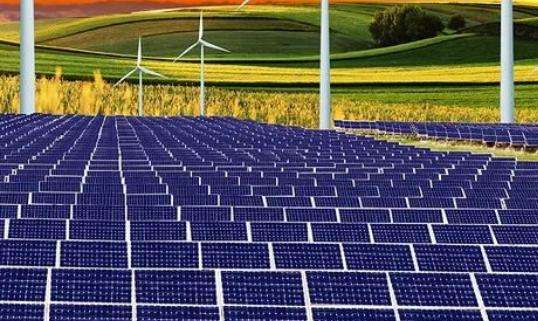1. Generator overheating
(1) The generator does not operate according to the specified technical conditions. If the stator voltage is too high, iron loss increases; copper loss from the stator winding increases; the frequency is too low, slowing down the speed of the cooling fan and affecting the heat dissipation of the generator; the power factor is too low, which increases the rotor excitation current and causes the rotor to heat up; . Check whether the monitoring instrument indication is normal. If this is abnormal, necessary adjustments and treatments should be made to operate the generator according to the specified technical conditions.
(2) The three-phase load current of the generator is unbalanced, and the overloaded single-phase winding will overheat if the difference between the three-phase current exceeds 10% of the rated current; This is a serious power imbalance.phase. Unbalanced three-phase current will produce a reverse magnetic field, thereby increasing losses and causing heating of components such as pole windings and ferrules. The three-phase load must be adjusted to keep the current in each phase as balanced as possible.
(3) The air duct is clogged with dust and ventilation is poor, making it difficult for the generator to dissipate heat. Dust and grease in the air duct must be removed so that the air duct is not clogged.
(4) The inlet air temperature is too high or the inlet water temperature is too high and the chiller is blocked. The inlet air or water temperature must be lowered to eliminate blockage in the cooler. Before the fault is cleared, the generator load must be limited to reduce the generator temperature.
(5) Too much ornot enough grease should be added to the bearing. Grease should be added according to regulations, generally 1/2 ~ 1/3 of the bearing chamber (the upper limit is used for). low speed, and the upper limit is used for high speed). lower limit), and must not exceed 70% of the bearing chamber.
(6) Bearing wear. If wear is not significant, the bearing may overheat locally; if wear is severe, the stator and rotor may rub against each other, causing the stator and rotor to overheat. Bearings should be checked for noise. If friction between the stator and rotor is detected, the machine should be stopped immediately for maintenance or replacement of the bearings.
(7) The insulation of the stator core is damaged, causing a short circuit between the parts, resulting in an increase in local eddy current losses and the generation of heat. In severe cases, the stator winding will be damaged. . The machine must be stopped immediately for maintenance.
(8) The parallel wire of the stator winding is broken, causing the current of other wires to increase and generate heat. The machine must be stopped immediately for maintenance.
2. There is abnormal voltage between the neutral line of the generator and the earth
(1) Under normal circumstances, the air under each magnetic pole is caused by the influence of high order harmonics or manufacturing process. Very low voltage occurs due to uneven gaps and uneven magnetic potential. If the voltage is one to several volts, there is no danger and there is no need to deal with it.
(2) The generator winding has a short circuit or poor insulation from ground, resulting in deterioration of the performance of the electrical equipmentthat and the generator and easily generates heat. It must be repaired in time to avoid expansion. of the accident.
(3) There is no voltage between the neutral line and earth when there is no load, but voltage appears when there is a load. This is caused by the imbalance of the three phases. the phase load must be adjusted to make it fundamentally balanced.
3. Generator current is too large
(1) The load is too large and the load should be reduced.
(2) If a phase-to-phase short circuit or ground fault occurs in a transmission line, the line must be inspected and repaired, and it can return to normal after the fault occurs. eliminated.
4. The voltage at the generator terminals is too high
(1) The voltage of the network parallel to the electrical network is too high. The parallel generator voltage must be reduced.
(2) The fault of the excitation device prcauses overexcitation and the excitation device should be repaired in time.
5. Insufficient power
Due to insufficient compound excitation compensation of the voltage source of the excitation device, the excitation device cannot provide the required excitation current for the armature reaction , causing the voltage across the generator. be lower than the network voltage. If the rated reactive power does not exceed the rated reactive power, the following measures should be taken:
(1) Connect a three-phase voltage regulator between the generator and the excitation reactor to increase the voltage to the generator terminals and make the excitation device the magnetic potential increases gradually.
(2) Change the phase of the magnetomotive force of the excitation device voltage and the voltage across the generator to increase the resulting total magnetomotive force. Thousands of ohms and 10 W bitwind be connected in parallel at both ends of each phase winding. of the resistance of the reactor.
(3) Reduce the resistance of the rheostat to increase the excitation current of the generator.














